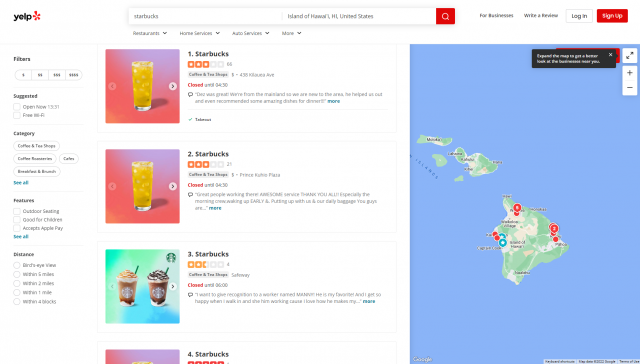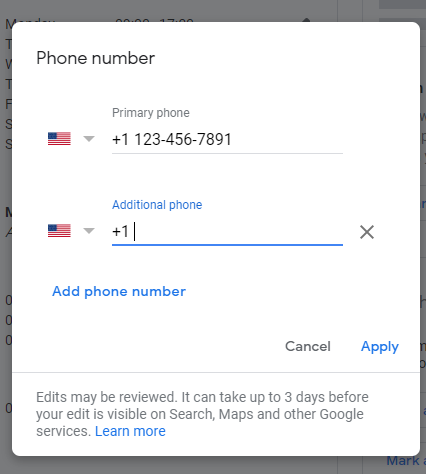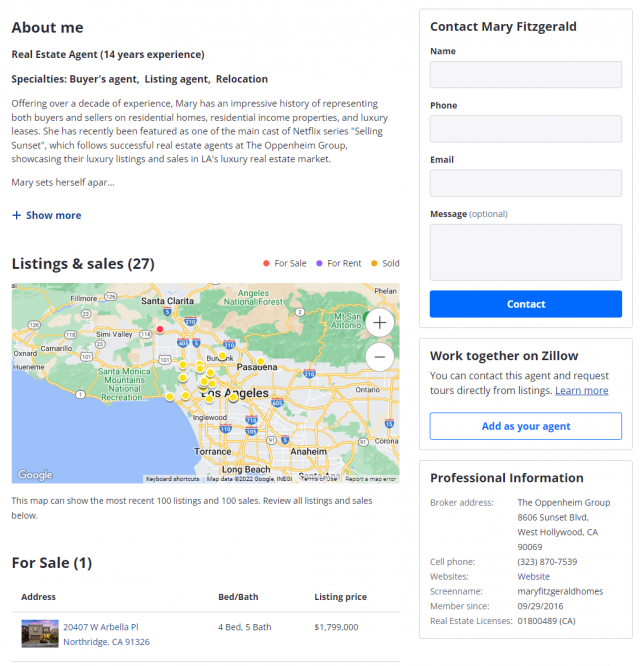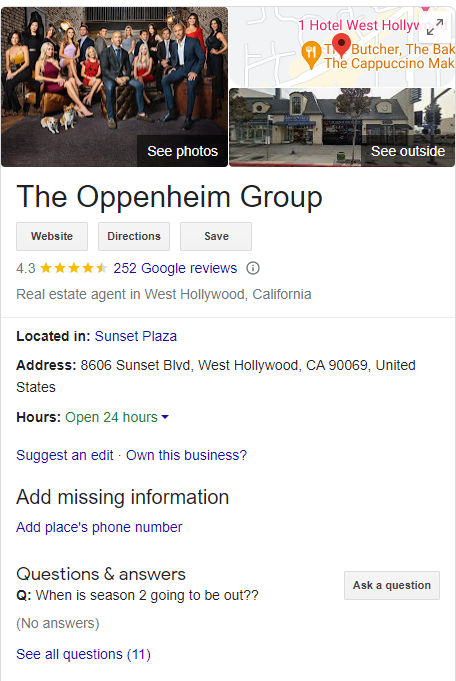
Frequently-asked Questions About Local Citations
While seemingly a straightforward concept, there’s much more to local citations than first meets the eye.
Essential for business discovery, local search visibility, and consumer awareness, these little nuggets of information must be managed correctly for their full benefit to be unleashed.
Can I still build local citations if my business doesn’t have a customer-facing location?
If you’re a service-area business that meets customers at their place (such as a plumber or landscaper), your business may not have a physical location.
That doesn’t mean you can’t build business listings for your service-area business. It may be a problem if your legal business address is also your home, though, as is typical for many small service-area companies.
Understandably, you may not wish to share your home address publicly. However, the business address is required for most listings, which can leave service-area businesses stuck.
While PO boxes are usually not permitted, you may be able to use a virtual office address. You won’t be contravening Google guidelines if the virtual office is staffed during working hours. If that’s not an option, try exploring these specific citation sites for service-area businesses.
Should multi-location businesses invest time building citations?
Citation building isn’t just for small local businesses. Large multi-location enterprises can still benefit from the SEO and consumer benefits associated with having listings on sites such as Yelp, Facebook, Tripadvisor, and Google Business Profile (GBP).
However, it’s worth noting that large organizations, such as Starbucks or Home Depot, will need to use a specialist tool to build, optimize, and manage listings on a grand scale.

My business has a toll-free number, will that be a problem?
It shouldn’t be a problem to use a toll-free number. Most directory sites will allow a toll-free number to appear on a listing.
While it doesn’t expressly prohibit the use of a toll-free number, Google’s guidelines say that a local number is preferable. Therefore, if you have a local number for your business, it’s advisable to use it where possible.
Can I use a call tracking phone number for building local citations?
When creating local citations, you can use a call tracking phone number as your main business number. This is good news as you’ll be able to track where your leads come from.
However, this must be done correctly as you don’t want to create consistency issues by having different numbers appear on different listings. On your GBP, you can set your call tracking number as the primary phone and the standard business number as additional.

What if my business address is home to several businesses?
Suppose you’re in a shared office space, or you’re a practice or practitioner business (such as a lawyer, real estate agent or dentist). It may be that several companies wish to use the same physical address in their citations.
Multiple businesses at the same address will not present any issues for your listing. Individual practitioners can also create a listing using their location separate from any citations for the practice.


Do I have to verify my new business listings by phone or mail?
Most citation sites will offer several methods for verifying new listings. Standard options include by phone, email, and post. One problem with verification by post is that it can be a slow process, also there’s always the danger of the postcard getting lost or being delivered to the wrong address.
GBP has often relied on postcard verification but now offers a range of verification options, including video calls.
The only way to see which verification method is required is to create your business listing.
How do I update my listing if I move to a new address?
If you move your business to a new address, you may wonder how to maintain consistency with your name, address, and phone number (NAP). Unfortunately, a common mistake is to think that you need to change all of your current listings to ‘permanently closed’ and begin from scratch. Happily, that’s not the case.
All you need to do is update each of your listings with your new address information. You can do this manually but be aware that a management tool substantially speeds up this process.
I’ve completed a citation campaign for my business; why am I not ranking higher on Google?
Citations are known to be a top-five local search ranking factor, but they’re not the only factor influencing your search position. The three core pillars of this ranking algorithm are:
- Proximity (how close you are to the searcher).
- Relevance (how closely you match the searcher’s need).
- Prominence (how prolific your business is online).
Google uses a wide range of signals to determine position alongside data it gathers from citations, including your GBP, link profile, website content, and your consumer review profile.
Manual citations, data aggregators, or both? What should I focus on?
Building manual citations takes time as you need to visit each listing site and input your business information by hand.
If you opt for a data aggregator, you’ll submit your information once, and then the aggregator will submit it to a wide range of sites. You can choose to build submissions manually, use an aggregator, or go for a combination of the two.
Aggregators are a fast way to build lots of listings, so they can save you a significant amount of time. The downside is you can’t specify which sites to target. If you want to build visibility on specific niche citation sites, you may need to do that manually, even if you subscribe to a data aggregator.
We have a handy comparison of manual submissions vs data aggregators to help you decide on the best approach.